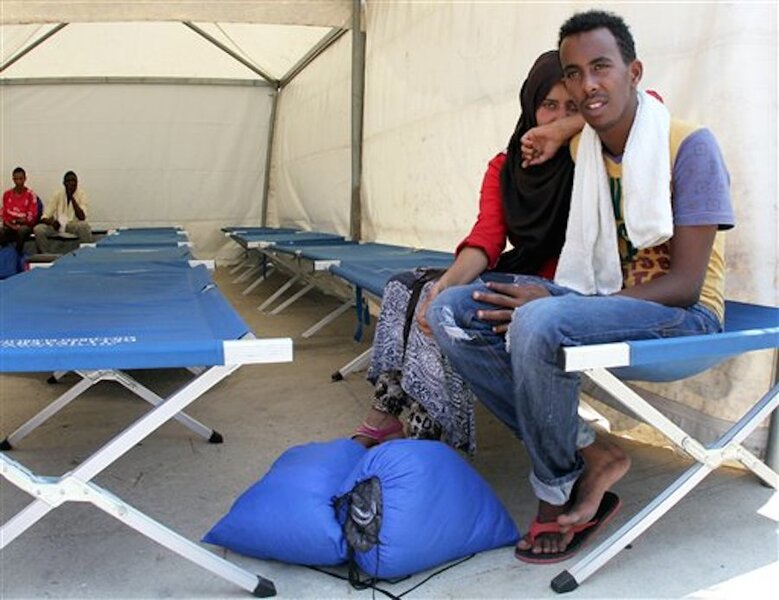Over 150,000 migrated to Europe by sea in 2015 so far, report says
Loading...
Governments continue to grapple with what the United Nations High Commissioner for Refugees (UNHCR) has described as the worst migration crisis since World War II. Approximately 150,000 migrants have reached Europe by sea so far this year, according to a recent report by the International Organization for Migration (IOM).
The majority of migrants landed in Greece and Italy, with each country taking in about 75,000 people.
Nearly 2,000 migrants have lost their lives in the Mediterranean Sea this year, over twice the number during the same period in 2014. Fatality numbers began to decrease in May, possibly due to the boosted presence of European Union Fortex ships across the Mediterranean in April, the IOM says.
“Greece is now the largest arrival point, putting a huge strain on the country as it wrestles with one of its worst economic crises in decades,” the report reads.
According to The Associated Press, 7,202 migrants arrived in Greece by sea in the first week of July. The largest amount came from Syria, while others migrated from Afghanistan, Pakistan, Iraq, and Somalia.
Italy has received around 8,000 Syrian migrants coming from Libya this year, far less than the 12,000 who arrived during the same period last year. The rest of those who immigrated in the first half of 2015 mostly came from Eritrea, Nigeria, Somalia, Gambia, and Sudan.
The UNHCR published a report last week addressing the surge of migrants crossing thousands of miles to Europe in search of safety.
“Europe is living through a maritime refugee crisis of historic proportions,” it says. “Its evolving response has become one of the continent's defining challenges of the early 21st century, with long-lasting implications for humanitarian practice, regional stability and international public opinion.”
In a press release published with the report, António Guterres, UN High Commissioner for Refugees, wrote, “As Europe debates the best way to deal with the rising crisis on the Mediterranean, we must be clear: most of the people arriving by sea in Europe are refugees, seeking protection from war and persecution.”
Guterres emphasized that Europe has a “clear responsibility to help those seeking protection from war and persecution.”
In May, the European Commission unveiled a plan that made it mandatory for all European Union members to accept a specific amount of migrants, based on factors such as their population, economic size, and unemployment numbers.
When members reconvened a month later at a summit in Brussels, countries rejected the mandatory policy and said they don’t have the infrastructure nor the political mandate to accept more migrants.
Yet some say the members’ reluctance to go on with the plan didn’t come as a surprise.
“We never thought [the quota plan] would have much traction,” says Joel Millman, spokesperson for the IOM. “Migrants pretty much know where to go. They go where their families are.”
Millman says the international community shouldn’t direct all the blame for the migrant crisis on Europe. “Obviously, there are countries like Lebanon, Turkey and Jordan that have absorbed hundreds of thousands of more migrants than Europe has been asked to take,” he says. But there are other important factors that come into play.
“So much of this traffic is coming from just a handful of countries,” he says. This makes it near impossible to allocate a specific number of migrants to a respective European country, which the failed quota plan originally suggested.
If Libya’s competing governments would reach an agreement, he adds, then a solution to its vast migrant exodus would be easier to reach.
Still, Millman says, “We think a lot more can be done.”







